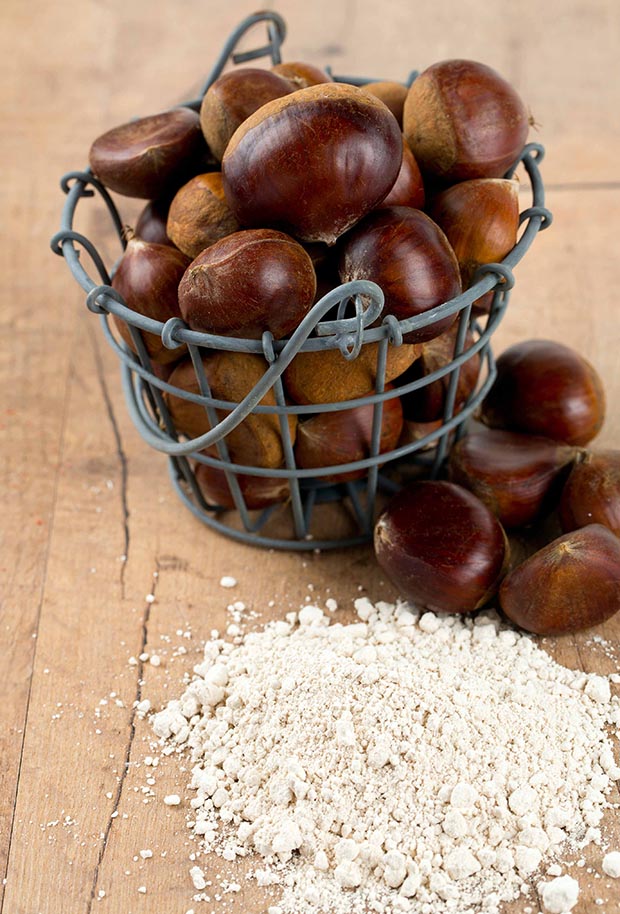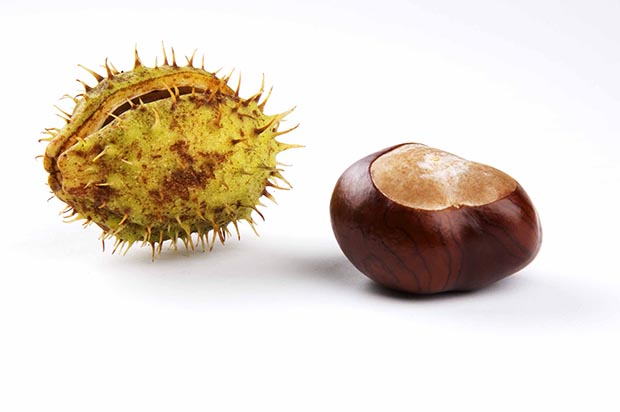Self-sufficiency guide: Can’t grow your own wheat? Try chestnut flour

If you love flour and want to be self-sufficient, go nuts.
Words: Nadene Hall
When most people think about being self-sufficient, it’s usually partial – not whole – self-sufficiency they think about. It tends to be the easier options, usually fruit, vegetables and eggs, and then maybe meat.
But think about what you buy from the supermarket and there are two products that are difficult to replace: toilet paper and flour. Toilet paper alternatives tend to be cringe-worthy for a lot of people. There’s dried grass – Yorkshire fog comes highly recommended for its softness – dedicated, washable cloths or sponges (cotton is best), a squirty bottle filled with water, or a long, narrow, rounded stone, apparently very effective and gentle on the behind.
Flour alternatives are a more complex undertaking. There are few places where you can successfully grow wheat in NZ (most is grown in Canterbury) due to issues with fungal diseases and climate conditions which affect its protein levels. You need around 100m² to grow enough wheat to supply the flour requirements of a family of four for a year.
Then there’s the tricky matter of getting wheat seeds to the right level of protein to make bread (difficult, even in good conditions), then harvesting, drying and processing, fighting birds and rodents all the way. It’s also difficult to store and goes off easily.
Flour alternatives are mostly nut-based, and one of the best is the sweet chestnut (Castanea sativa). It has a great taste, is relatively easy to process, stores for a long time, and you can use it to make bread, pasta and cake. When wheat wasn’t available in Italy in the Middle Ages, the chestnut provided their flour of choice.
A chestnut is much more like a grain than a nut, nutritionally-speaking. It is very low in fat (4-5%, vs 62% for the hazelnut, and 71% for the pecan), contains good quality protein that is close to eggs (5%), and is high in carbohydrates (78%, close to wheat). Better still, one tree will provide enough for one family, although more trees means better pollination.
The sharp burrs on the outer shell are the biggest drawback – if one falls out of a tree and hits you, it bloody hurts – and you’ll need something like a hand-powered nut harvester (see www.thecompanyshed.co.nz), or sheets lying under the tree, or thick gloves and a boot (to pop open the outer shell).
Processing is done every few days. The raw chestnuts are removed from the burr and dried for 48 hours or so to give them time to sweeten up. The nuts are cooked to loosen the pellicle (the brown outer ‘skin’), usually by steaming. They are then pushed through a coarse sieve to remove the pellicle, leaving you with chestnut ‘meat’, similar in looks to fresh bread crumbs. This can be frozen and will last for six months, but you can also freeze the whole nut after harvest and process it throughout the next 12-18 months, giving you an excellent flour substitute all year-round.

THIS IS NOT AN EDIBLE CHESTNUT
The horse chestnut (or conker, pictured above) looks similar to the sweet chestnut but is toxic and should not be eaten. The sweet chestnut has a very prickly burr and the nuts inside have a point at the top. A conker has a far less prickly outer shell and the nuts are smooth all round with no point at the top.
Love this story? Subscribe now!
 This article first appeared in NZ Lifestyle Block Magazine.
This article first appeared in NZ Lifestyle Block Magazine.

